ENGLISH GENERAL DRUGS-GNM-SY.VIVA TABLE
🏹 Paracetamol
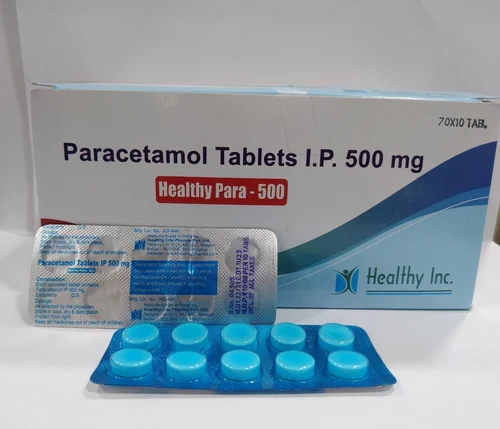
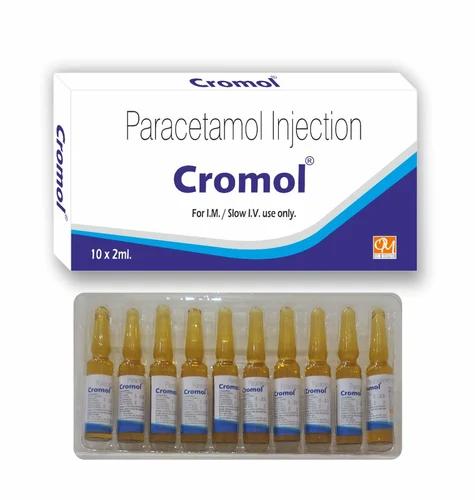
dose
250,500, 650 mg
1 gm in adults.
Route :– Oral, I.V, I.M & I.V Infusion
group – group
Antipyretic AND Analgesic
brand name
Panadol-Panadol
Calpol-Calpol
Tylenol
Alvedon-Alvedon
Mode of Action-Mode of Action
Paracetamol inhibits the synthesis of prostaglandins which are reduced by the active forms cox 1 and cox 2.
It exerts central anesthetic effects through activation of the descending serotonergic pathway and reduce the body temperature.
Indication of paracetamol–
- Fever
- Head ache-head one
- Tension
- Migraine
- backache
- Muscle pain Toothache-Muscle pain Toothache
- Menstrual pain
- a cold
- sore throat
- Pain in the sinuses
Contraindication of paracetamol–
- Allergic reaction-allergic reaction
- Liver and kidney problem etc
- Side effects-Side effects
- Feel tired
- Shortness of breath, blue lips and fingers-Difficulty in breathing, lips and fingers turn blue
- Anemia
- Liver and kidney damage-Liver and kidney damage
- If there is high blood pressure, hard disease and stroke can occur.-If there is high blood pressure, hard disease and stroke can occur. Nursing Responsibility – Nursing Responsibility
- Assessing the patient’s pain before administering the meditation.
- Checking the pain level.
- Which will help the health care provider to identify the dose.
- Checking the temperature.
- Check for allergic reactions.
🏹 Famotidine – Famotidine (FMT)
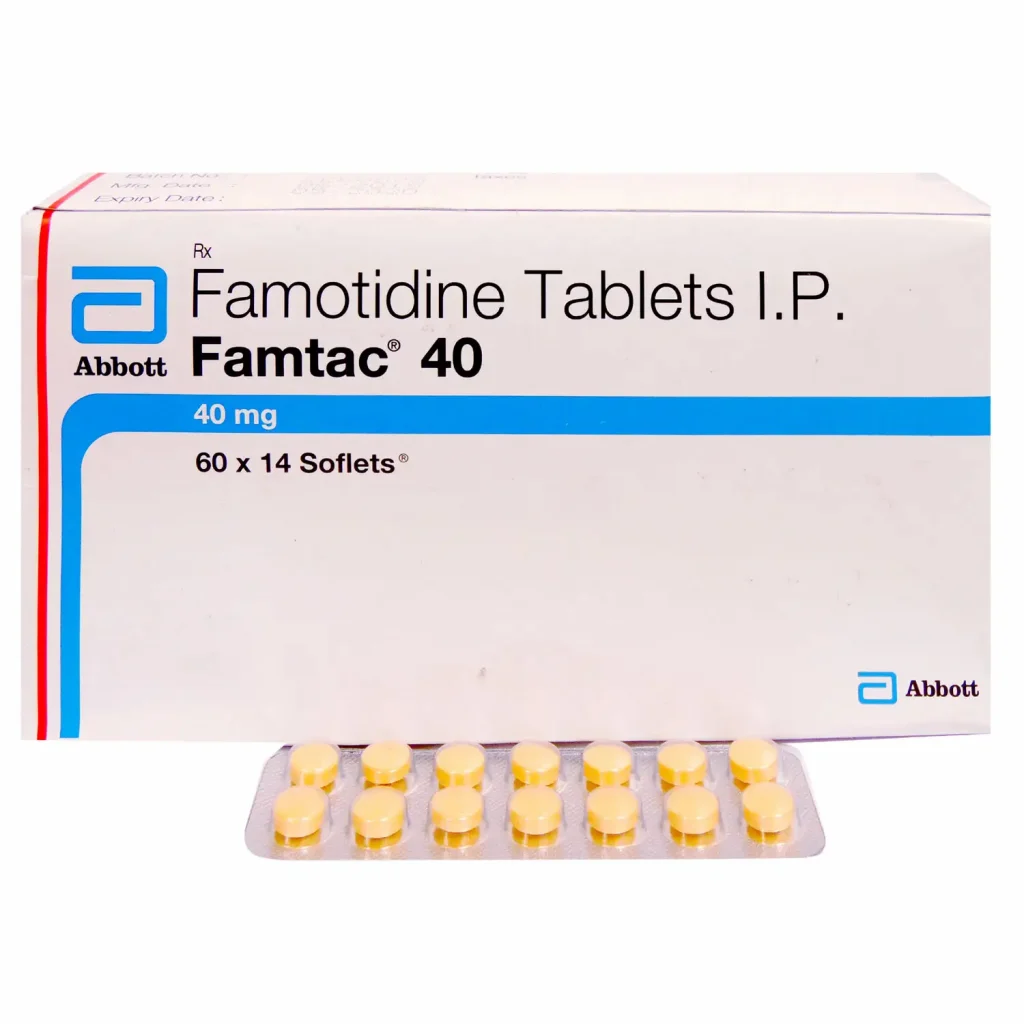
group : Histamine H2 receptor antagonist or H2 blocker (antacid).
dose – 20 mg, 40 mg
Route:-Oral
Mode of Action- Famotidine reduces gastric acid production and suppresses pepsin content and acid concentration.
Reduces the volume of HCL and blocks the H2 receptor.
brand name–
Pepsid and Zantac-Pepsid and Zantac
Indications of Famotidine
- Duodenal ulcer-duodenal ulcer
- Gastroesophageal reflux disease
- Heart burn
- Heart burn-indigestion
- Stomach ulcer-stomach ulcer
- Contraindication of Famotidine-
Hypersensitivity-Hyper sensitivity
Cross-sensitivity TVT of H2 RAS- Cross-sensitivity TVT of H2 RAS
Side effects–
- headache
- Dizziness
- Constipation
- Diarrhoea
- worry
- Peeling of the skin
- Blood in stool and urine- blood in stool and urine
- Difficulty breathing
- Rapid pulse.-Pulse to become fast.
Nursing Responsibility–
- Monitor if any side effects occur.
- Assessing abdominal pain.
- To monitor CBC, fluid and fiber intake regularly.
🏹 Dicyclomine tablet
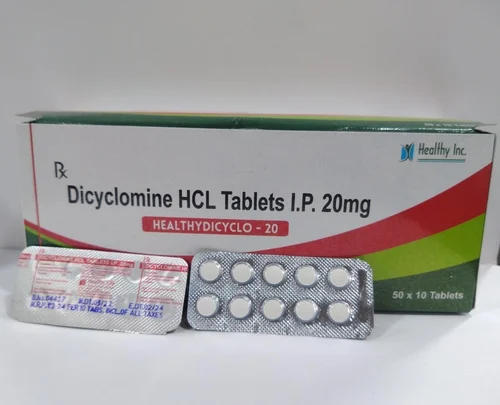
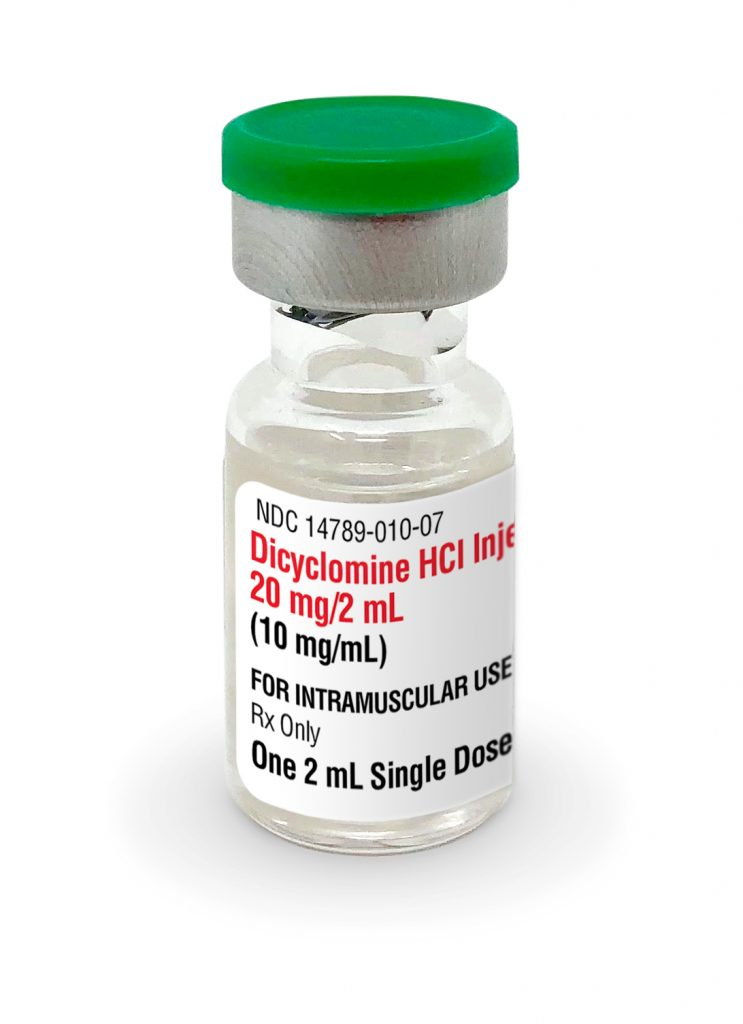
Group :-
- antispasmodic,
- Anticholinergic OR-anticholinergic OR
- antimuscarinic
- And it is sometimes used as an antiemetic.
Dose
- 20-40mg (when given orally),
- 10- 20mg (when given IM-intramuscular),
- Never give an IV.
Synonyms
- Dicyclovarine
- Die Cyclo Varinum,
- Dicyclovir, Dicyclovir,
- Di cycloverina.-Di cycloverina.
MOA (Mode of Action)
- These are anticholinergics that act on the acetylcholine receptor,
- The first effect is to block the acetylcholine receptor. Acetyl choline causes muscle spasm.
- Another function of its effect on the smooth muscles is that it relaxes the smooth muscles in the intestine so that the spasms in the muscles are reduced.
Use
- Can be used for functional bowel disorders and irritable bowel syndrome,
- It reduces the spasm that occurs in the stomach and intestines and relaxes its muscles.
- Take this medicine four times a day with or without food as directed by the doctor.
- This medicine should be taken initially with low dose and then with high dose as prescribed by the doctor.
Indications
- irritable bowel syndrome
- stomach ache
- To reduce intestinal torque,
- For an overactive bladder,
- Diarrhea (cobwebs),
- motion sickness
- Vomiting, dysmenorrhea,
- Morning sickness.
- Contraindications
- Hypersensitivity
- Obstructive diseases of the gastrointestinal tract,
- Severe ulcerative colitis
- Esophagitis
- Glaucoma, myasthenia gravis-Glaucoma, myasthenia gravis
- This medicine should not be given to an infant who is less than six months old, a person with the above diseases.
Side effects-Side effects
- business
- drowsiness,
- lightheadedness, lightheadedness,
- Weakness
- Dry mouth, noseya,
- Blurredvision
- Dry ice-Dry ice
- dry mouth,
- constipation
- Abdominal bloating-abdominal bloating
- Loss of Appetite
Nursing Responsibility–
- Administering drugs by checking the five R’s (5R) while administering the drug to the patient. There to check right patient, right drug, right route, right dose, right time.
- The nurse should take the history of allergy of the patient and not give the medicine if he has a previous history.
- The nurse should obtain information about the patient’s other medical conditions to determine if the medication is contraindicated for the patient.
- Inform the patient beforehand about the side effects of the medicine.
- If a patient develops a serious problem after taking the drug, treat it immediately.
- In case of any dangerous effect on the patient, inform the doctor.
- Due to dicyclomine, the side effect is increased drowsiness and drowsiness, so the patient should avoid driving and working with machinery and other work.
- Do not give this medicine to a breastfeeding mother as this medicine passes into the breast milk and may cause unwanted effects on the infant.
So don’t give. - Do not give this medicine to children younger than six months as it may cause more dangerous side effects.
- Be careful not to overdose.
- The nurse should note that
When not to give dicyclomine with antacids because antacids reduce the absorption of dicyclomine tablets. - Take Dicyclomine before food and Enta Acid after food if prescribed by doctor.
Levocitrizine
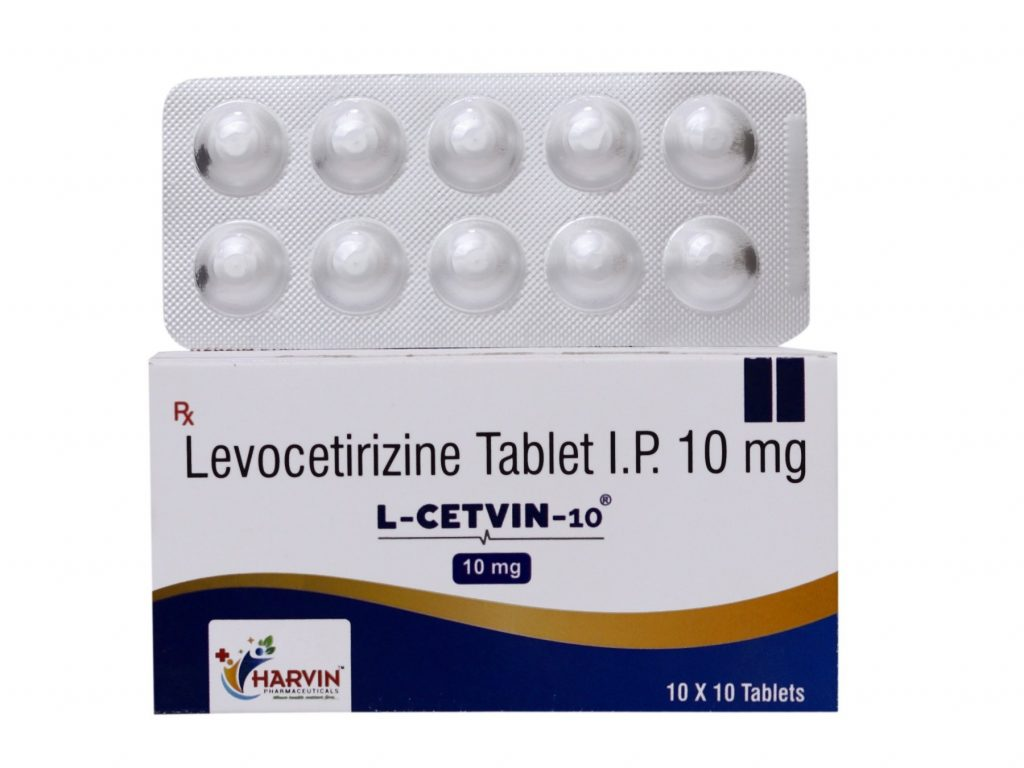
group Second generation antihistamines
Route Oral
Dosage
- Adult and child > 6 years : 5mg/daily
- Mode of action
- As an H1 receptor antagonist, with some mast cell stabilizing activity, it has no effect on the CNS.
indication :Seasonal allergic rhinitis, rhinitis due to other causes, chronic idiopathic urticaria,
To relieve allergic symptoms like fever, itching, hives.
contraindications: Hypersensitivity,
Severe renal impairment, alcohol use, hemodialysis.
side effects
- head one,
- dry mouth,
- Phatik,
- rhinitis,
- pharyngitis,
- abdominal pain,
- migraine,
- Asthenia.
nursing responsibility
- Taking a complete medical history of the patient, allergies and current medications.
- Educating patients about medicine.
- Monitoring of side effects in patients.
- Administer drug according to proper dosage.
- Advise patient on follow up.
- Also to document.
🏹 Ascorbic acid tablet (vitamin c) –
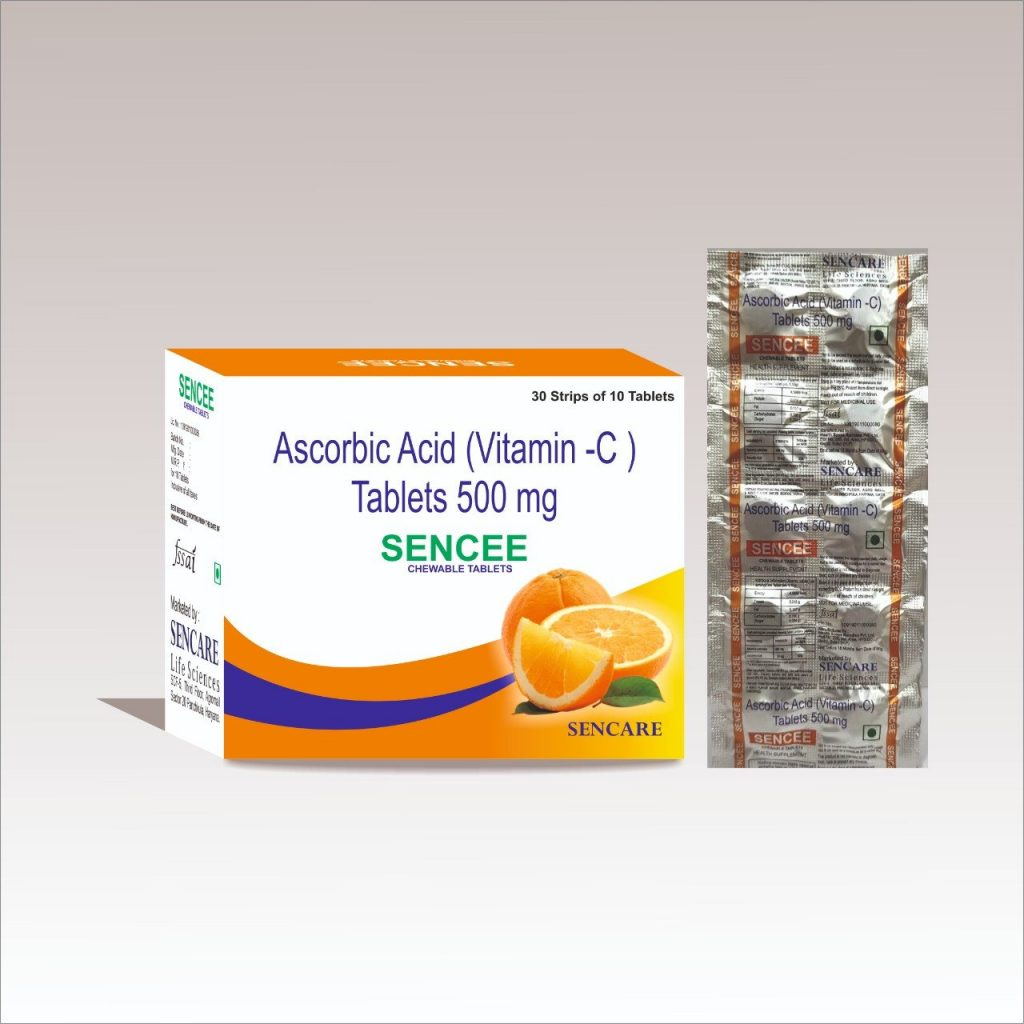
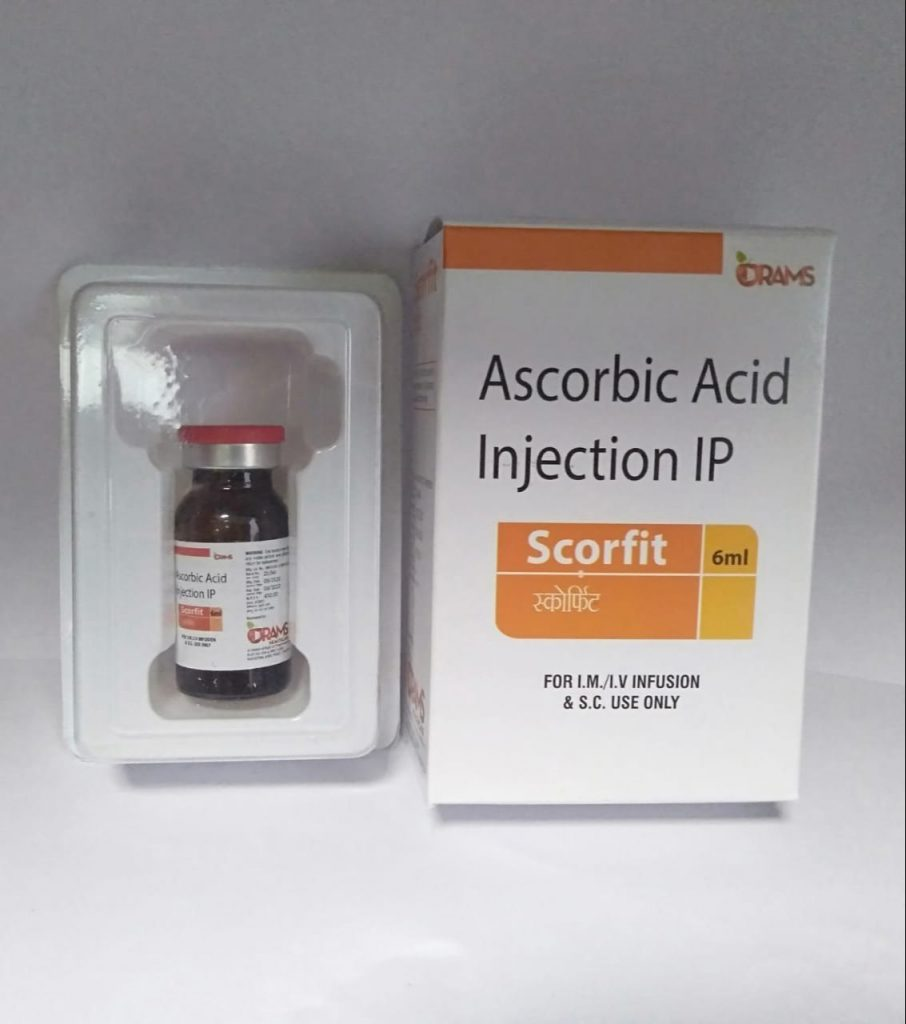
Group – group
Vitamin supplements.
DOSAGE
500 mg
Route
Oral (by mouth), I.M
Use
- Vitamin C is an antioxidant medication.
- It is available as a chewable tablet.
- It is used in cases where vitamin C is low.
- Vitamin C maintains and keeps the body’s cells, immune system, bones and blood vessels etc. healthy.
- It is used to prevent scurvy.
- In addition, vitamin C is used for iron absorption and collagen production.
- And vitamin C is also used in gingivitis and collagen disorders.
- Apart from this, vitamin C is used for tissue repair and wound healing.
- Helps in bone and teeth development in baby.
To whom can it be given? Indications - Vitamin C deficiency,
- scurvy
- Healing (healing) occurs slowly in the wound and bone.
- Urine acidification.
- Apart from this, it is also effective as an antioxidant and antiviral.
- It is also useful for deficiency of vitamin C, vitamin D, vitamin A.
- common cold
- Oral bacterial infection
- Iron deficiency, folate deficiency, Vitamin C is used in diseases.
- Contraindication
- Hypersensitivity,
Blood disorders like,
thalassemia,
sickle cell disease
Hemochromatosis means high iron levels.
Side effects-Side effects
- Diarrhea, nausea
- heart buns
- crystal, flushing,
- one head
- Gas, Mouth Shore etc.
Nursing Responsibility–
Check nurse doctor’s order.
- Apart from this, before giving medicine to the patient, check the 5Rs which include Right Patient, Right Time, Right Root, Right Drug, Right Dose etc.
- Informing the patient about the side effects of the medicine while administering the medicine.
- Also ask the patient to report any additional signs and symptoms immediately after taking the medicine.
And notifying the doctor. - In addition, the nurse should inform the patient about the beneficial effects of vitamin C such that it is very useful for wound healing.
Giving all that information. - Inform the doctor immediately if any allergic reaction is observed in the patient.
- Administering medicine to patient on time and also maintaining proper dosage.
🏹 Metronidazole –
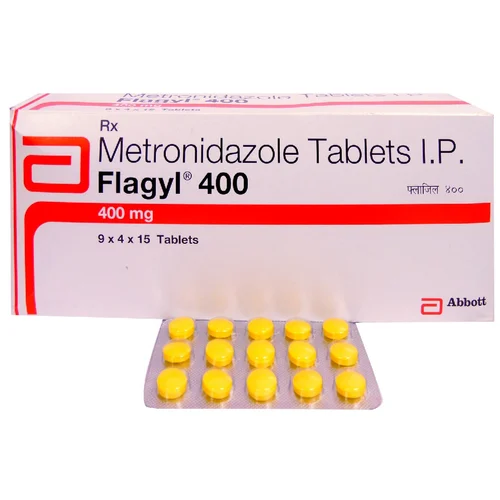

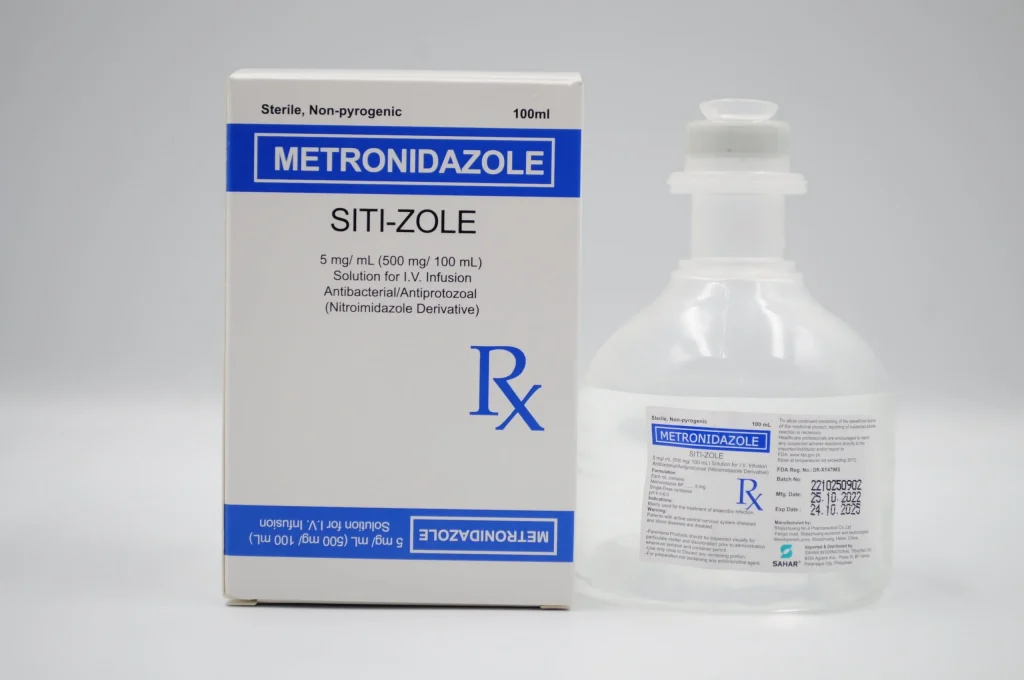
Dose -dose
250,400,500,750mg orally.
500 mg /100ml
IV infusion-Iv infusion
Group– group
Antibiotics. Nitroimidazole Antimicrobial..
brand name
Metrozil and Flagile
Mode of Action-Mode of Action
Metronidazole diffuses the organism. By interacting with its DNA, it inhibits the synthesis of proteins, due to which the helical DNA structure is lost and breaks down. So the cells of the susceptible organism are dead.
Side effects-Side effects
Disney Heart Burn
Weight loss Sleep problems
Stomach cramps headache
Nausea, Vomiting Loss of appetite
_Constipation
Indication of metronidazole-Indication of metronidazole
Diarrhea Intestinal amoebiasis
Liver m amoebiasis Bacterial septicemia
Bone and joint infection Meningitis
Brain abscess Skin infection
Mouth infection Dental abscess
Gums infection Bacterial vaginosis
Abdominal infection Lower respiratory tract infection
_Surgical Profile Axis, Colorectal Surgery
Contraindication of metronidazole.
Hypersensitivity First Trimester Pregnancy
Alcoholic patient hepatic in cephalopathy
CNS problem kidney disorder
Nursing Responsibility-Nursing Responsibility
Assess patient for infection before and during treatment.
Monitor the patient’s daily weight, patient status, weakness, and seizures.
🏹 Calcium gluconate tablet –
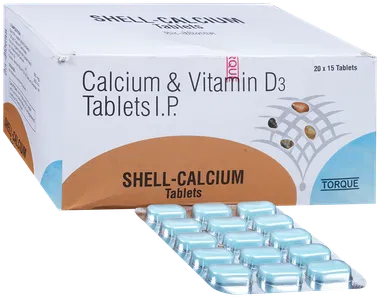
Group Calcium salt, cardio protective agent
Route – Route
Oral, IV (Intra-Venous)
Dose
Adult:- 500 mg/day
MOA (Mode of Action)
Calcium gluconate increases blood calcium levels or combines with excess potassium and magnesium and results in elevated calcium levels.
Uses
- Calcium gluconate is used to manage hypo calcium i.e. low calcium levels, cardiotoxicity CT due to cardiocrest, hyperkalemia or hypermagnesium etc.
- It is used in pregnancy and breast feeding.
- Mgso4 (Magnesium Sulphate) is also used as an antidote,
- It is used when toxicity of Mgso4 occurs.
Indications.
hypocalcemia,
cardiac rest
Hyper magnesium
hyperkalemia,
Toxicity of magnesium sulfate, breast feeding, pregnancy.
Contraindications –
- hypercalcium
- Hypersensitivity
- Saccharoidosis
- When there is a lump in any organ or tissue,
- ventricular fibrillation
- Hypokalemia, renal calculi,
- A cancer patient with bone metastasis.
Side effect
- CNS (Central Nervous System)- CNS (Central Nervous System) :-
- tingling sensation
Sensation as if someone oppresses, (Syncope.-Syncop.)
CV (Cardio Vascular) –
- bradycardia,
- cardiac arrest
- Arrhythmia.-Arrhythmia.
GI (Gastro Intestinal) –
- Constipation, irritation,
- Nausea, Vomiting, Thirst Abdominal pain, Palpitations.
GU (Genitourinary)–
- poly urea
- Renal calculi.-Renal calculi.
- Metabolic :-
- Hyper calcium-Hyper calcium.
- the skin
- Skin rash, local reaction,
itching,
Swelling in the face, lips, tongue and throat.
Nursing responsibility –
- Extra caution should be exercised when administering any calcium containing medicine to digitalized patients and patients with synchrony doses, renal and cardiac disease.
- Frequent checking of calcium levels Maintain a normal calcium level of 9-10.5 mg/dl.
- The nurse should keep in mind the signs and symptoms of more dangerous hypercalcemia in the patient and inform the patient about these signs and symptoms so that no more dangerous conditions arise and if they do, they can be treated.
- Symptoms of hypercalcemia such as confusion, coma,
Stupor means stupidity etc. - Do not confuse calcium with calcitriol, calcium gluconate with calcium glubionate, calcium chloride with calcium gluconate.
- Advise patient to take oral calcium within one to two hours after meal if GI (Gastrointerstinal) system is upset.
- Also advise the patient to take calcium medicine orally with a full glass of water.
- Ask the patient to report immediately if they experience nosia, vomiting, abdominal pain, polyuria, thirst, anorexia (loss of appetite), constipation, etc.
- Advise the patient that before taking calcium his meal should not contain whole grains and pulses and dry products as they affect the absorption of calcium.
🏹 Iron & Folic acid tablet –
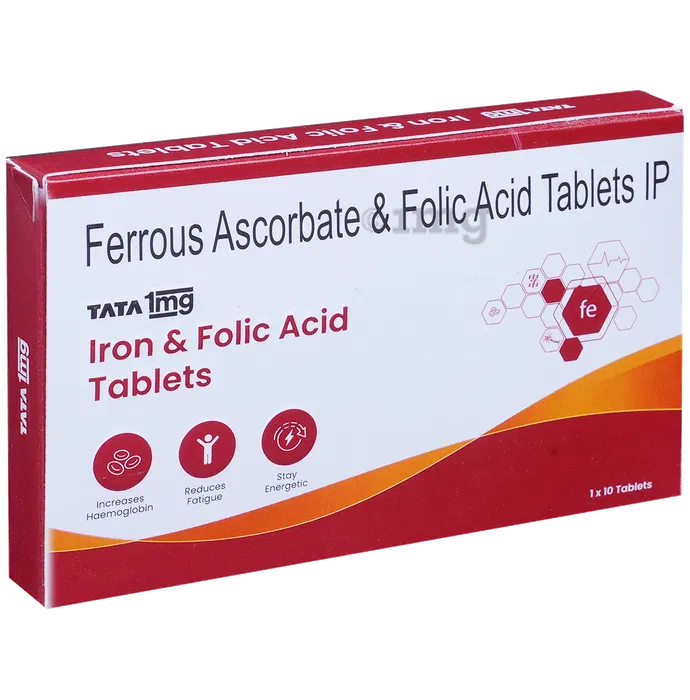
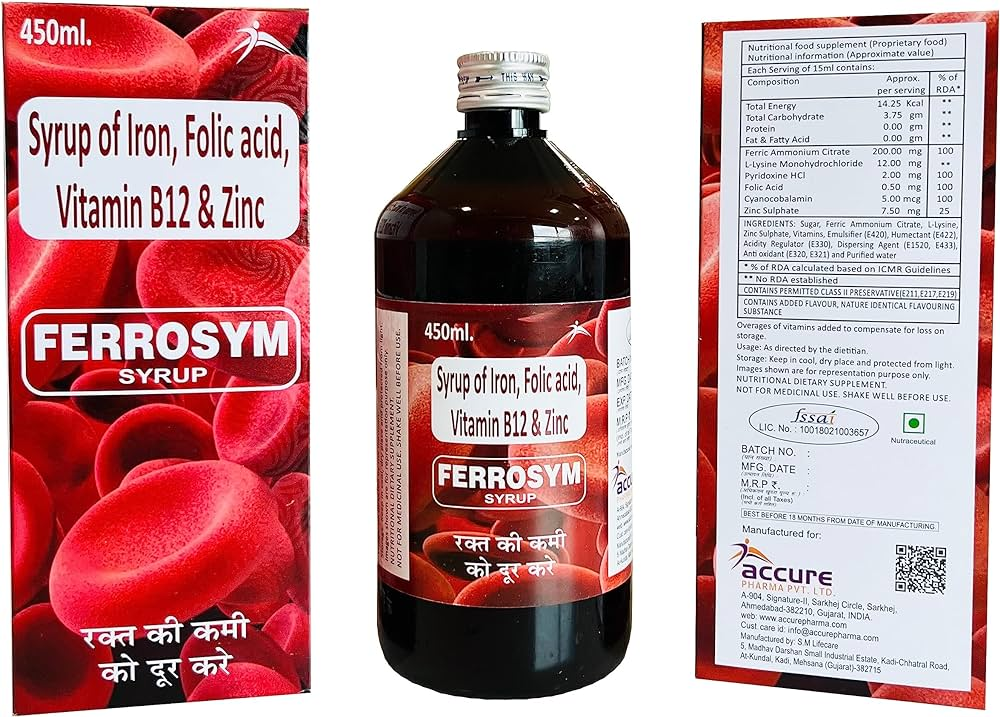
Group As a supplementary nutrient.
Dose – dose
Route – Route
Can be given orally.
MOA :- Mode of action MOA :– Increases the production of RBC (Red Blood Cell) and HB i.e. Hemoglobin in the body.
Uses
- This tablet is used to prevent or treat low iron levels in the blood.
- Treats HB and RBC cell defects and anemia.
- Folic acid is essential for the formation of RBC (red blood cells).
Indications-
- iron deficiency
- Folic acid deficiency, anemia,
- As a prophylactic during pregnancy. As a prophylactic during pregnancy.
Contraindication –
- Iron overload diseases,
- liver problem
- Ulcers in the stomach and intestines. – Ulcers in the stomach and intestines.
Side effects –
- Diarrhea (cobwebs),- Diarrhea (thick),
- Constipation
- Stomach cramps
- upset stomach,
- Black stool / dark stool
- black teeth
- Gingivitis. –
Nursing Responsibility–
Before giving this medicine to the patient, the nurse went to check the five R’s which are Right Patient, Right Time and Right Drug, Right Route, Right Dose etc.
The nurse should check or take a history of any patient for hypersensitivity to this tablet.
Patients should do blood test regularly as per doctor’s instructions so that HB and RBC (Red Blood Cell) count can be checked and treatment can be given to the patient accordingly.
Check whether the patient is constipated or not.
Nurses should not give more than 1mg (milligrams) of folic acid because too much folic acid can cause seizures, which is a side effect of too much folic acid.
In addition, the nurse advises the patient to take an iron tablet before a meal, which increases iron absorption, which is more effective.
Keep checking the patient’s bowel movement so that constipation problem can be detected early.
Do not give folic acid if the patient has pernicious anemia because pernicious anemia is caused by vitamin B12 deficiency.
Also taking iron tablets with citrus fruits or vitamin C increases its absorption.
And iron tablets should not be taken with coffee, tea and dairy products and eggs etc. This nurse advises the patient.
In addition, if any other side effect is observed in the patient, the doctor should be informed immediately.
To check the HB count by reporting the blood to the patient at appropriate intervals and give the dose of this tablet to the patient based on that.
And to ensure that the patient takes the medicine at the right time or not.
🏹 ATENOLOL
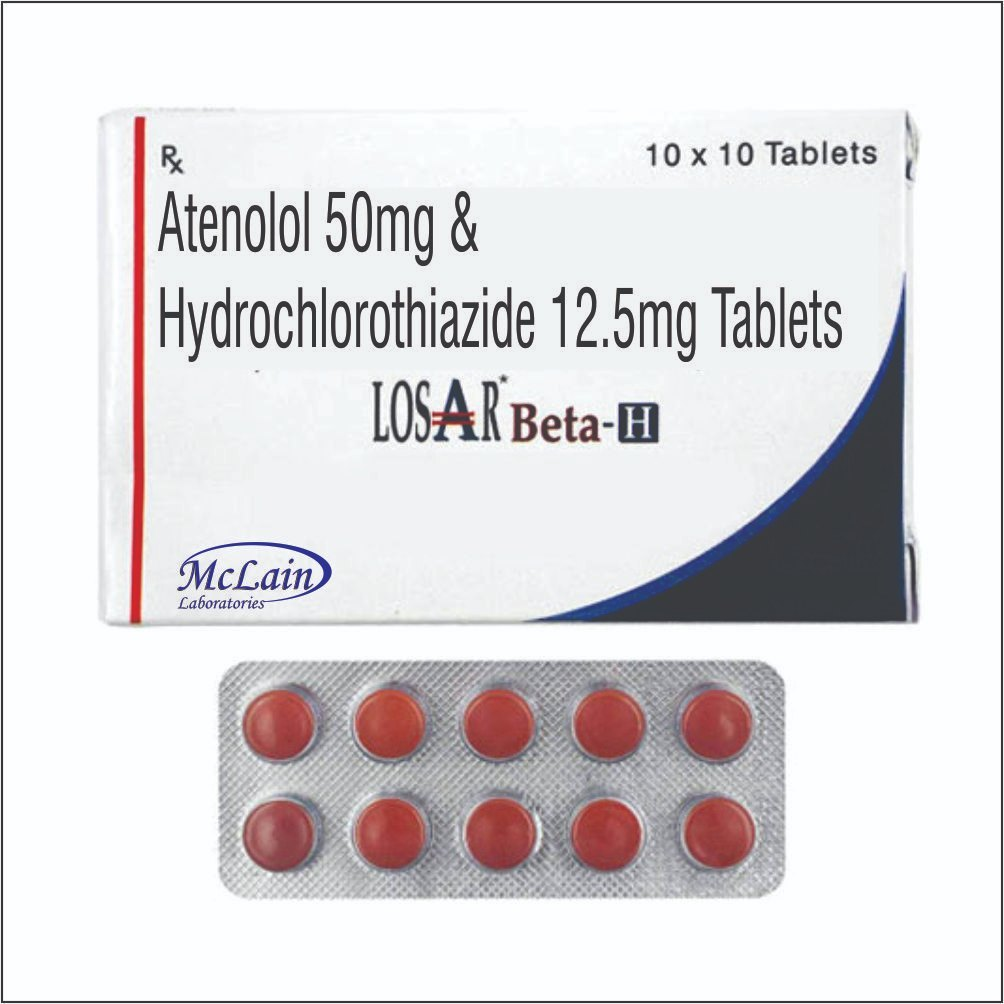
Group – group
Anti-hypertensive drug
Antiadrenergic agent
Beta adrenergic blocker
Dosage
Adult :
Initially 50 mg once daily (alone or with diuretic)
May then be increased to 100 mg daily (doses above 100 mg are not beneficial)
In case of Angina, 50 mg daily initially, 100 mg after one week if no response. A maximum of 200 mg can be given daily.
Children:
1.0 – 1.3 mg / kg / 24 hrs once a day.
Mode of action
Atenolol alters the body’s response to nerve impulses, including the heart.
This drug binds to the Beta-1 adrenergic receptor found in vascular smooth muscles and blocks the positive inotropic and chronotropic actions of the heart’s endogenous catecholamines (eg; isoproterenol, norepinephrine & epinephrine).
Indication
- Hypertension-Hypertension
- Angina pectoris-angina pectoris
- Acute myocardial infarction
Contraindication
- Hypersensitivity
- Heart block-heart block
- Cardiogenic shock-cardiogenic shock
- Cardiac failure-cardiac failure
- sinus bradycardia-sinus bradycardia
Side effects
- bradycardia-bradycardia
- nausea vomiting
- epigastric discomfort
- dizziness
- tiredness
- skin rash
- cold extremities Use with caution in pregnancy and children. Dosage can be reduced in old age person.
LABETALOL–
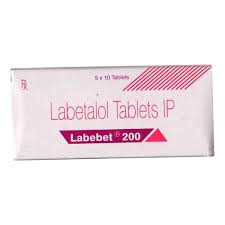
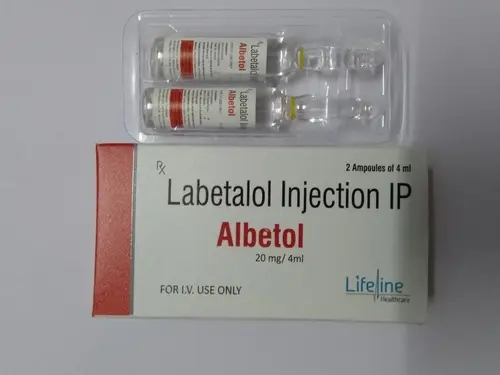
Group
- Antihypertensive drug-antihypertensive drug
- Antiadrenergic agent-antiadrenergic agent
- Alpha/Beta blocker-Alpha/Beta blocker
Dosage
- Adult
Route – oral - Initially 100 mg twice a day
- After 2-3 days titrate dose in increments of 100 mg twice daily, on 2-3 days
- Maintenance dose: 200 – 400 mg twice daily
- Maximum 1.2 – 2.4 g / day (with severe hypertension)
Route – IV
- Initially 20 mg slow IV given over two minutes
- Then 40 mg or 80 mg can be given in the next 10 minutes; until supine blood pressure is as desired (300 mg may be injected).
Mode of action
- LABETALOL blocks alpha and beta adrenergic receptors, resulting in decreased peripheral vascular resistance but no change in cardiac output.
- It reduces heart rate which improves blood flow and lowers blood pressure.
INDICATION
- To treat hypertension of all grades
- Specially used in Pheochromocytoma & clonidine withdrawal hypertension.
- To treat civil hypertension in hypertensive emergency and to treat pregnancy induced hypertension.
Contraindication
- Atrioventricular block
- Bronchospasm-bronchospasm
- Right ventricular failure caused by pulmonary hypertension
- Cardiogenic shock
- in children
- It cannot be used with anesthetic drugs as it may cause myocardial depression.
Side effects
- Route – oral – oral
- Diarrhoea, weakness, acute urinary bladder retention, muscle cramps, fever, headache, fatigue
Route – IV - Ventricular arrhythmias
- hypoasthesia-hypoesthesia
- flushing
- wheezing
- pruritus-itching
NIFEDIPINE-
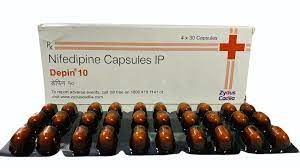
Group
- Antihypertensive drug-antihypertensive drug
- A calcium channel blocker
Dosage
- Adult
Angina & Raynaud’s phenomenon - Initially 10 mg three times a day after meals
- A maintenance dose of 20 mg three times a day
Hypertension - 20 mg twice a day (maximum 40 mg)
- LA 30 mg once daily (maximum 90 mg)
Children: - Used only in hypertensive emergency
0.25 – 0.5 mg / kg dose every 6 – 8 hours
Route :- Oral, Sub Lingual
Mode of action
During the depolarization phase of that smooth muscle, calcium iron fluxes through voltage-gated channels.
Nifedipine inhibits the entry of calcium ions by blocking these voltage-dependent L-type calcium channels in vascular smooth muscles and myocardial cells.
It causes coronary vasodilatation and increases coronary blood flow. It reduces total peripheral vascular resistance and also reduces systolic and diastolic blood pressure.
Indication
- vasoplastic angina-vasospastic angina
- chronic stable angina-chronic stable angina
- During hypertension and hypertensive emergency
- Hypertrophic cardiomyopathy
- Peripheral vascular disorders
- Congestive heart failure-Congestive heart failure
- Migraine-migraine
Apart from this, it is also used in oesophageal spasm, exercise induced bronchial asthma.
Contraindication
- Hypersensitivity –
- Shock cardiogénico-cardiogenic shock
- hypotensión-hypotension
- Side effects
- headache, flushing, palpitation, nausea, vomiting, oedema
- Nursing responsibility of antihypertensive drugs
Assessment
Checking patient’s vital signs (temperature, pulse, respiration and blood pressure), heart rate and health status before and after drug administration.
Patient Education-Patient Education
Giving complete information to the patient about the purpose, side effect, dosage of the medication.
monitoring-monitoring
Keep checking vitals and observe for side effects
Patient history
Taking a thorough history of the patient’s medical history, allergies, blood pressure, heart failure or liver problems. It affects the effect of the drug.
5R – Right Patient, Right Route, Right Dose, Right Time, Right Drug while giving drug to the patient.
Lifestyle counselling
Advise the patient about lifestyle modifications such as exercise. Explain the factors that increase the effect of medicine.
Recording and reporting-Recording and reporting
It is very important to do documentation after the administration of the drug, besides informing the health care team if there are any side effects or changes.
ondansetron


group
Ntematic-Ntematic
(selective serotonin 5-HT3 receptor antagonist)
dose
4mg iv
4mg,8mg oral route
For Adults-For Adults
Maximum dose: 24 mg daily.
Mode of Action- Blocks the action of serotonin. Blocks serotonin 5-HT3 receptor antagonists.
Side effects–
Head one
Constipation
Fatigue
Dizziness
Drowsiness
Allergic reaction-allergic reaction
Irregular heart beat-Irregular heart beat
Serotonin syndrome-serotonin syndrome
Stomach pen-stomach pen
Muscle spasm
Blurred vision-Blurred vision
agitation-agitation
Indication
Nozia
Vomiting
Chemotherapy-chemotherapy
Radiation therapy-Radiation therapy
Surgery
In pregnancy
Contra indication-
Hypersensitivity-Hyper sensitivity
While taking apomorphine.
Myasthenia gravis.-Myasthenia gravis.
-Nursing Responsibility
Assess medical history for allergies. To monitor vital signs
_ Educating the patient about the side effects, purpose, benefits etc. of the medicine
Mannitol
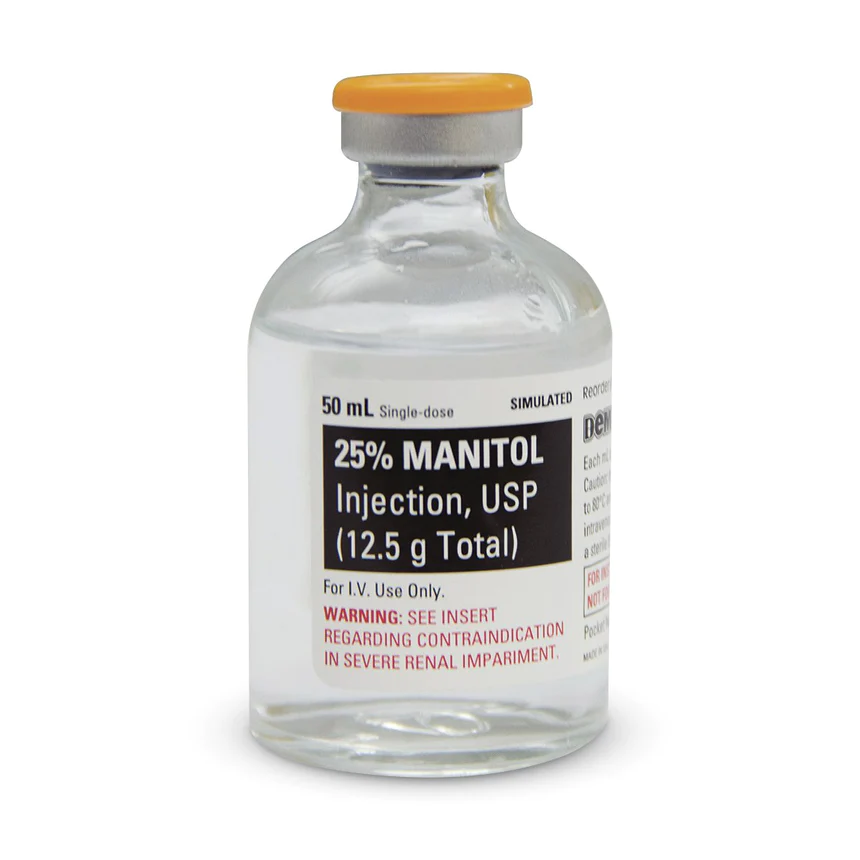
Mannitol is a poly hydroxy aliphatic alcohol.
dose
O.5 -1g/kg 10-20% solution
Infusion rate: 3g/min. Not more than
0.25 to 1.5 g/kg iv bolus injection.
50 to 200gm /24hr iv.
group –
Osmotic diuretic Osmotic diuretic
Mode of Action- Mode of Action
Inhibits water reabsorption in the proximal convoluted tubule and thins the collecting duct and loop of Henle. Increases urine volume. Intracellular water in the brain moves out of cells and into the blood stream. So that extra water comes out of the skull.
Side effects-Side effects
Electrolyte im balance
Dehydration
Fluid overload increases the frequency of urination
Pulmonary edema Congestive heart failure Allergic reaction Confusion
Diarrhea
Caesar
Loss of appetite and increased thirst.
Indication
In cerebral ED
Acute Kidney Dysfunction
Intraocular pressure reduction
Diagnosis of renal function
Glaucoma-Glaucoma
Contraindications
Mannitol Hypersensitivity
Progressive heart failure-Progressive heart failure
Severe dehydration-severe dehydration
Intracranial bleeding
Pulmonary edema
Severe pulmonary congestion-severe pulmonary congestion
Anuria (due to renal disease)
Severe renal dysfunction
Nursing Responsibility-Nursing Responsibility
Regular assessment of fluid balance, renal function and vital signs. Monitoring urine output, electrolyte levels, dehydration etc.
Educating the patient about the side effects, benefits, purpose etc. of mannitol. Give as per proper dose.
Documentation in detail. _iv Site care. Monitor for allergic reactions.
Azithromycin –
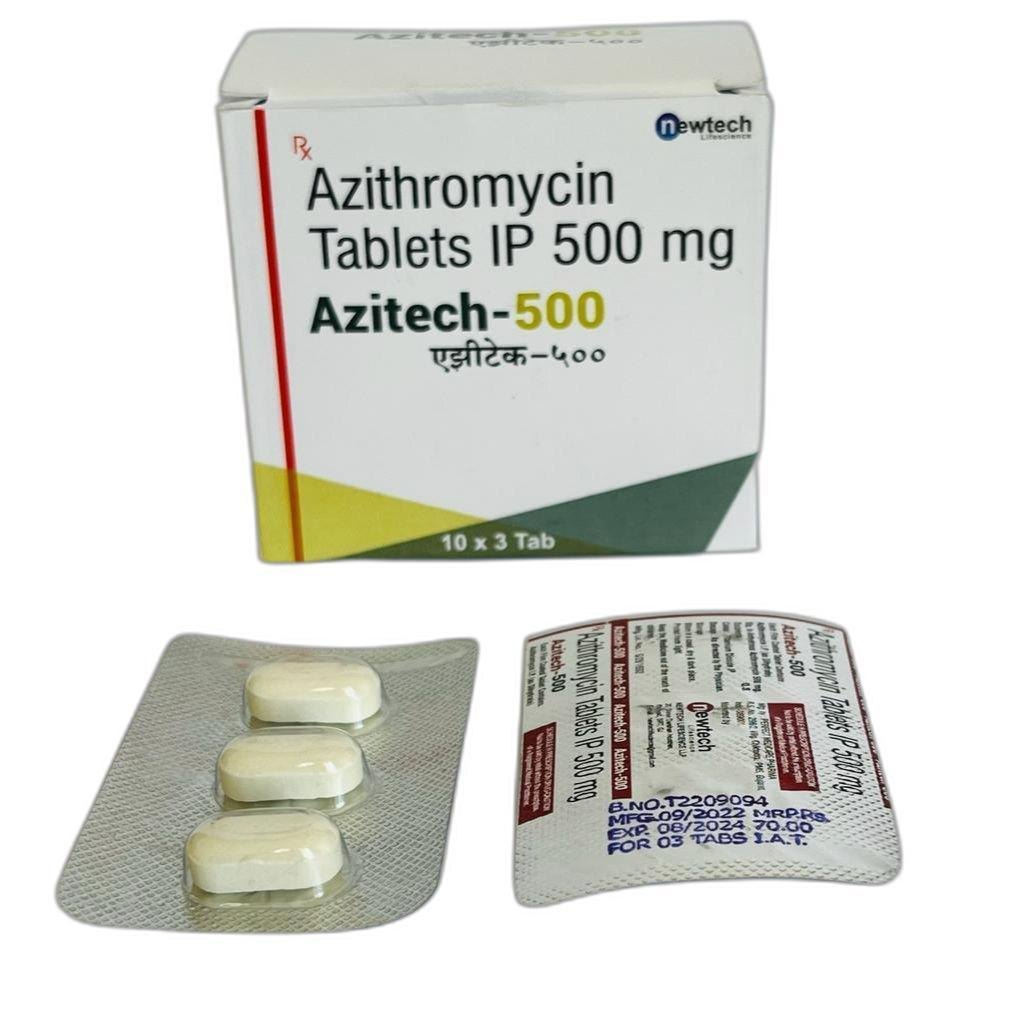
Group:
Macrolide antibiotics
dose
Oral route: Adult: 500 to 2000mg once a day
Children: 5-10 mg/kg/day for 3 days.
Mode of Action-Mode of Action
Azithromycin inhibits bacterial protein synthesis, pro-inflammatory cytokine production, neutrophil infestation, and ultration of macrophage polarization.
Side effects-Side effects
Nozia Nozia
Vomiting – Vomiting
Diarrhea
abdominal pan
headache
Dizziness
Skin Recess-Skin Recess
Liver problem-Liver problem
Allergic reaction-allergic reaction
Indication
Bacterial infection
Pneumonia
Bronchitis-bronchitis
Skin and soft tissue infections
Sexually transmitted infection
including chlamydia and gonorrhea
Ear infection-ear infection
sinusitis
Contraindications
Hypersensitivity
Liver disease-liver disease
Irregular heart beat (arrhythmia)
Nursing Responsibility-Nursing Responsibility
Instruct the patient not to take Azithromycin with antacid food. Advise the use of protective clothing and sunscreen to prevent photosensitivity reactions.
_To monitor for allergies or any side effects including gastrointestinal issues etc. after administration of Ed.
Diazepam Diazepam
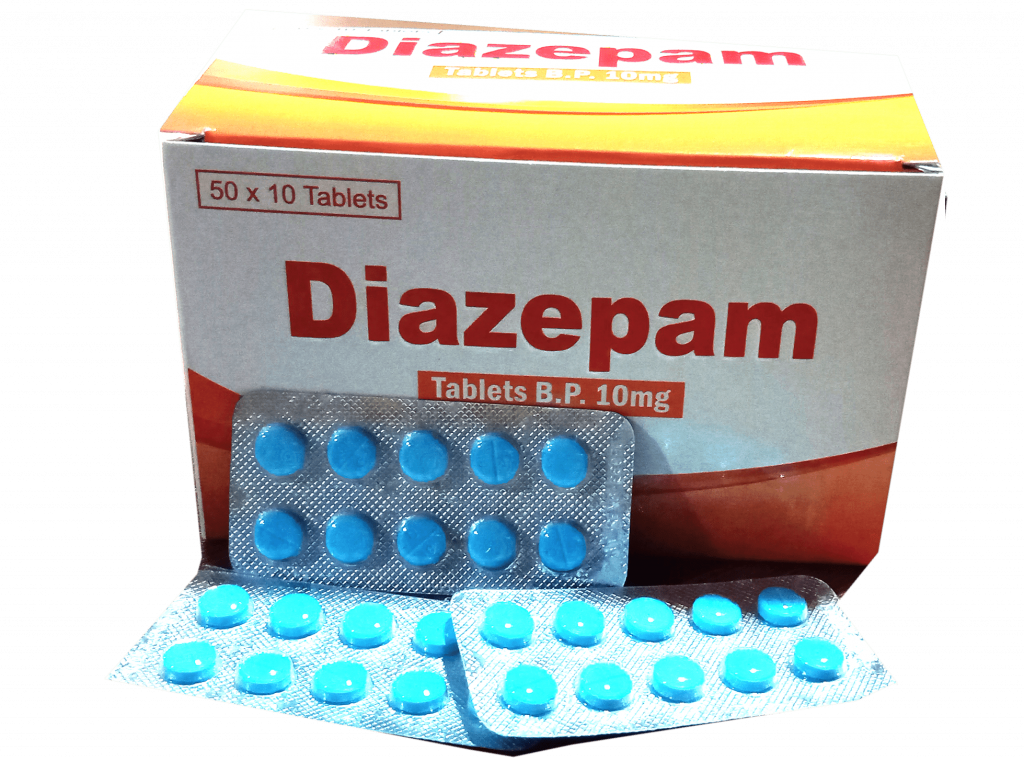
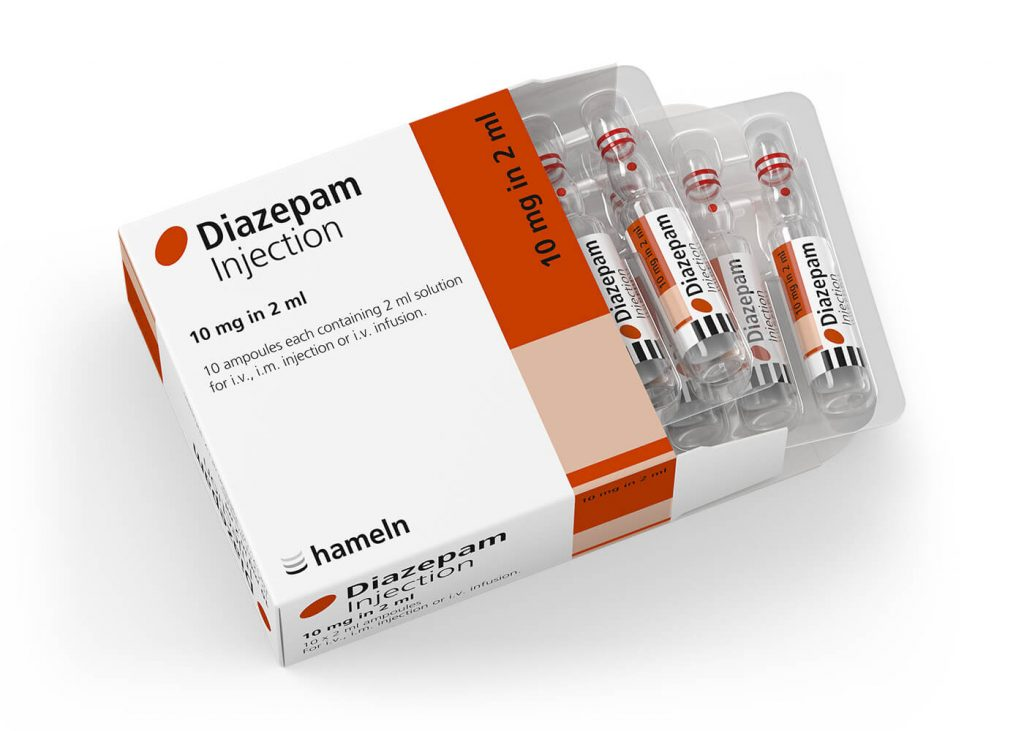
Dosage: 10-30mg/daily
Group: Benzodiazepam
indication
Anxiety
Caesar
Insomnia
Muscle Spas-Muscle Spas
reduce the symptoms of alcohol
Rest less in funt we are ventilated.
Cerebral palsy
Pre medicate before surgery.
Contra indication-Contra indication
Myasthenia gravis-myasthenia gravis
Severity recipe rate tree in sufficiency
Severe hepatic insufficiency
Sleep apnea syndrome
A cute narrow angle glaucoma
Mechanism of action-mechanism of action
Dije palm binds to the receptors of the spinal cord and brain and inhibits the effect of gamma amino butyric acid in it, so it works as a sedative, anxiolytic, muscle relaxant, anticonvulsant.
Side effects-Side effects
Droozyness
Fatigue
Ataxia
to venous thrombosis
Depression
Confusion-Confusion
A headache
Hypo activity
Slurred speech-slurred speech
Syncope
Tremor-tremor
Cardiovascular collapse
Blurred vision-Blurred vision
Nystagmus-Nystagmus
Nursing Interventions-Nursing Interventions
Assessment:
Thorough assessment of medical history, allergies, current medications of patients receiving diazepam.
Whiter signs specifically monitor respiration rate, heart rate, and blood pressure.
Education:-Education:
Educate the patient about the side effects, purpose of diazepam.
Administration:– Administration:
Administer dosage as per proper prescription, guidelines.
Monitor for adverse reactions to this drug during and after administration.
Safety Major:-Safety Major:
Keep the side rail of the bed up as there is a chance of the patient falling down due to the sedative effect.
Avoiding the activity
Providing a proper environment as seizures can cause photophobia.
Respiratory monitor-Respiratory monitor
Observe respiratory status especially when patient has respiratory related problem as diazepam relaxes muscles.
Cesarean Precaution:
To prevent injury by inappropriate major during seizures when using drug as an anti-colorant to the patient.
Monitoring for AdWords Effect:-Monitoring for AdWords Effect:
Regularly assess drug toxicity.
Drug toxicity CT like excessive sedation, confusion, respiratory depression
Patient Communication:-Patient Communication:
Open and clear communication with the health care worker if side effects or other problems are observed.
Withrol Precautions:-Withrol Precautions:
Gradually minimize the dose to prevent withdrawal symptoms.
Documentation– Documentation
Proper recording of administration time, patient no response, adverse effect etc.
Alprazolam
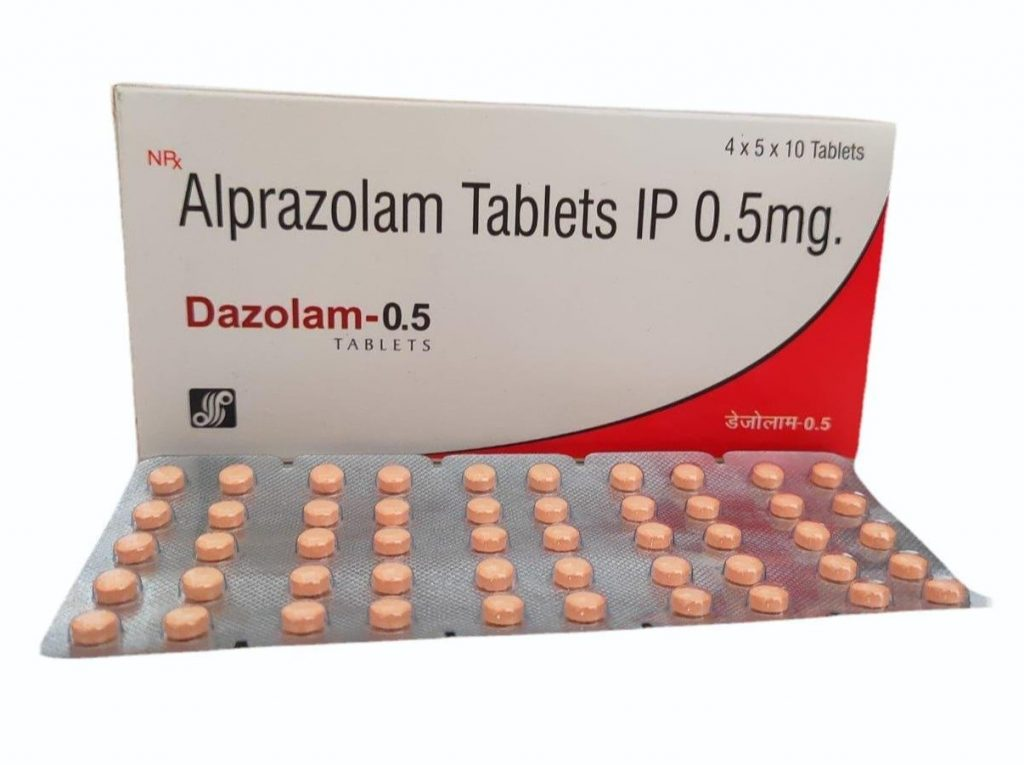
Dosage: 0.25-0.5mg/2-3 time/daily
Group: Benzodiazepam
indication
Generalized Anxiety Disorder
Panic disorder
Contra indication – Contra indication
Lung disease – Lung disease
Liver disease-liver disease
Kidney diseases
Pregnancy and breast feeding
Hypersensitivity
My Asthenia Gravis
of the sleep app
Co-administration with key to conazole.
In a cute narrow angle Glocko
Mechanism of action-mechanism of action
Alprazolam depresses the central nervous system by binding to the GABA-A receptor, which decreases the brain’s abnormal excitability.
Side effects Side effects
Drowsiness
Tiredness
Dizziness
Sleep problem
Slurred speech-slurred speech
Trouble concentrating
Nursing Interventions Nursing Interventions
“Sam S Diazepam”
Pregnancy and lactation-pregnancy and lactation
This drug affects the fetus during pregnancy so should be avoided during pregnancy and lactation.
IBUPROFEN
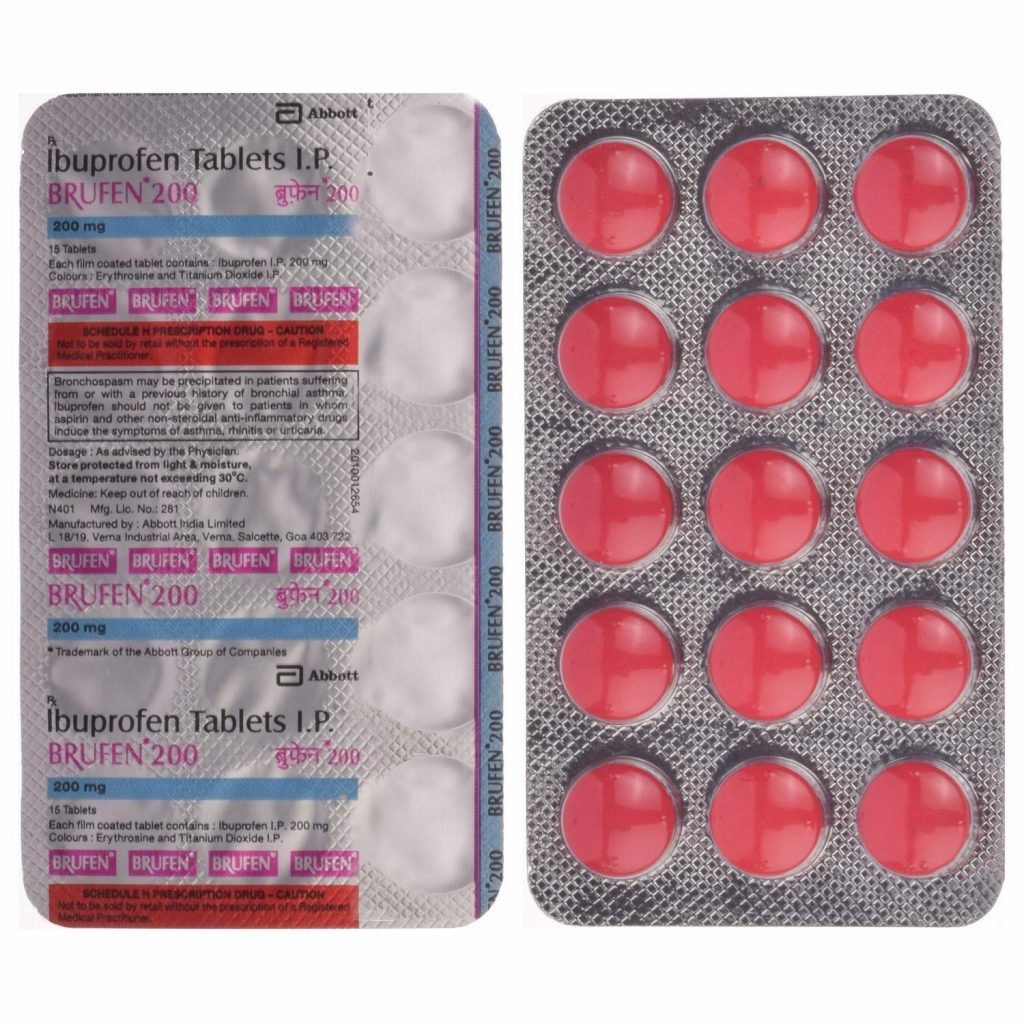
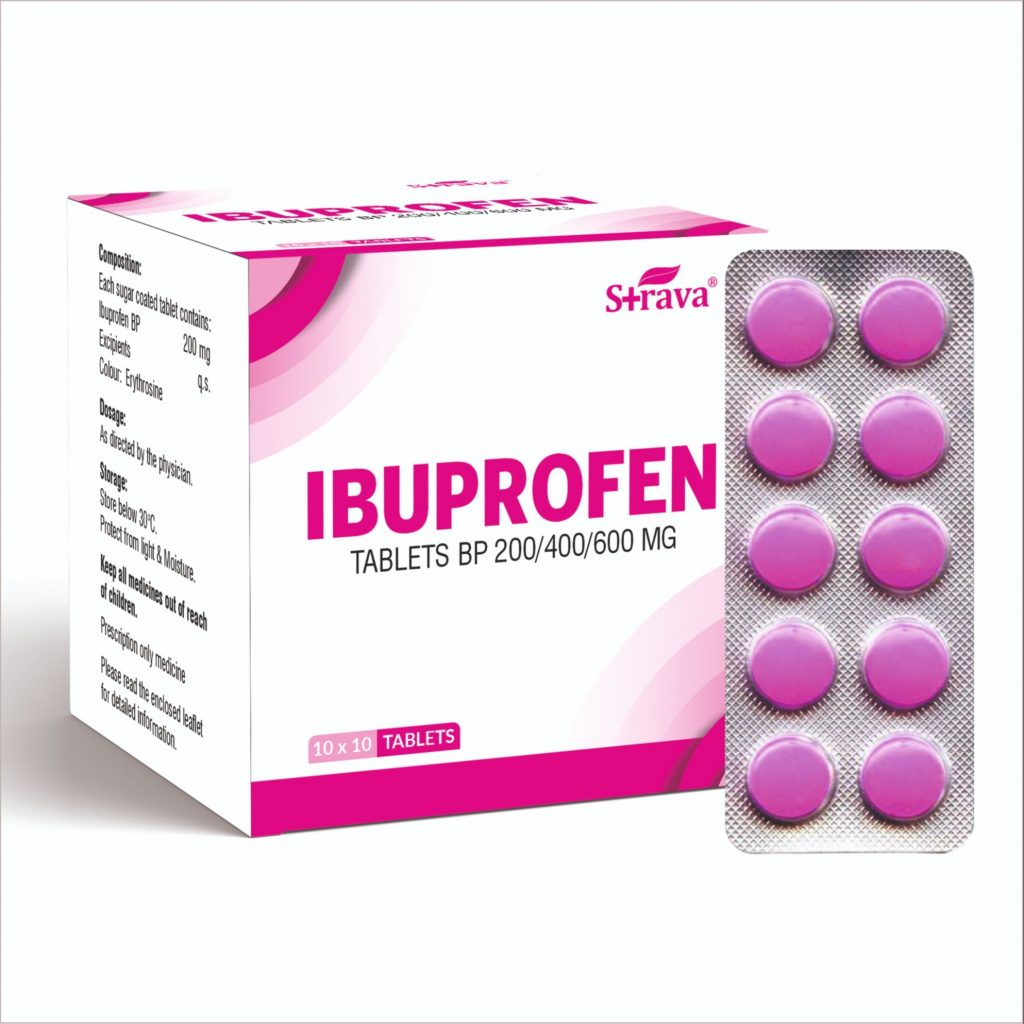
Group
Non steroidal anti inflammatory drug (NSAID – Non steroidal anti inflammatory drug)
Propionic acid derivatives
Dosage – dose
Adult – 400mg 3 times a day (maximum 2.4 g daily).
Children – Mild analgesic or antipyretic : 10-15mg/kg/dose every 4-6 hours.
Mode of action
It inhibits the biosynthesis and release of prostaglandins. This drug inhibits the cyclo-oxygenase enzyme and thus the synthesis of prostaglandins. This compound does not inhibit the formation of leukotrienes that play a role in inflammation.
Indication
Rheumatoid arthritis
Osteoarthrosis
Seronegative arthropathy
Cervical spondylosis
Dental and traumatic inflammation
Primary dysmenorrhea
Contraindication
Active peptic ulcer
Gastrointestinal bleeding
Hypersensitivity
during pregnancy
Side effects
Nozia
Vomiting
Epigastric discomfort
Disneyness
headache
Skin race
Thrombocytopenia
Nursing responsibility
Assessment
Checking patient’s vital signs (temperature, pulse, respiration and blood pressure), heart rate and health status before and after administering drugs.
Patient education
Giving complete information to the patient about the purpose, side effect, dosage of the medication.
monitoring
Keep checking vitals and observe for side effects
Patient history
Taking a complete history of the patient about medical history, allergies, liver problems etc. It affects the effect of the drug.
5R – Right Patient, Right Route, Right Dose, Right Time, Right Drug while giving drug to the patient.
Lifestyle counselling
Advise the patient about lifestyle modifications such as exercise. Explain the factors that increase the effect of medicine.
Recording and reporting
Documentation after administration of the drug is very important, besides informing the health care team if there are any side effects or changes.
Aspirin
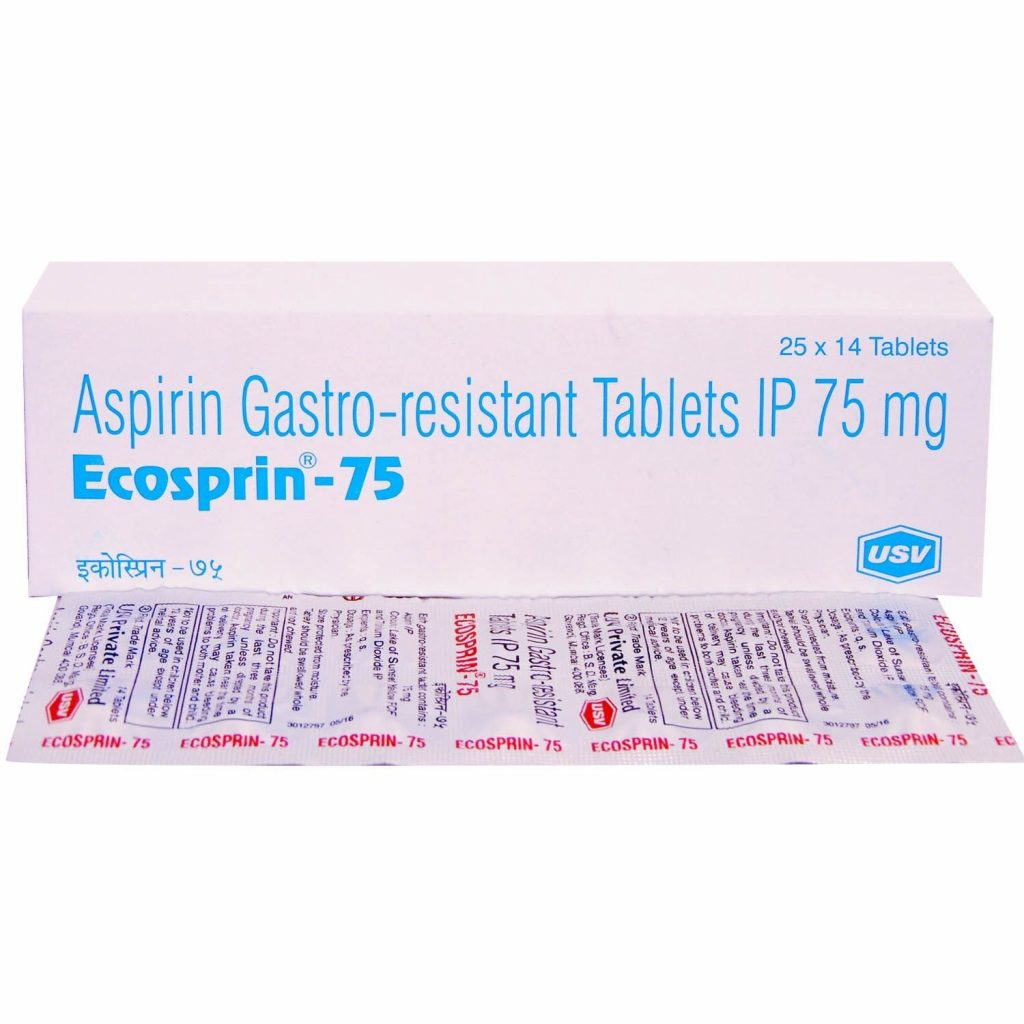
Dosage: 50-150mg/daily
Group: Antiplatelet, NSAID Analgesic, Antipyretic
indication
Angina pectoris Angina pectoris
Angina pectoris: prophylactic
Ankylosing spondylitis
Reduction Cardiovascular Risk
Color rectal cancer-Colo rectal cancer
Fever
Is chemical stroke
Ischemic Stroke: Prophylaxis
Myocardial infarction
Myocardial infarction: prophylaxis
Osteoarthritis
Pain
Revascularization Procedures: Prophylaxis
Rheumatoid arthritis-rheumatoid arthritis
Systemic lupus erythematosus
Contra indication-Contra indication
Peptic ulcer-peptic ulcer
Hypersensitivity-hyper sensitivity
Gastritis-Gastritis
Hemophilia
Stomach or intestinal bleeding
Allergy to NSAID
Mechanism of action-mechanism of action
NSAIDs:
As an NSAID, cyclins inhibit the activity of oxygenase, which initiates the inflammatory process by forming prostaglandins.
-Anti Platelet:-Anti Platelet:
Aspirin inhibits the activity of acyl cyclooxygenase-1 to inhibit the synthesis of thromboxane A2, which is responsible for platelet aggregation.
Side effects-Side effects
Abdominal pain-abdominal pain
Bloody or cloudy urine
Change in Consciousness
Constipation
conversion
Decreases frequency or amount of urine
Difficult Brethrig-Difficult Brethrig
Drowsiness
Nursing Interventions
Assessment:
Conduct a thorough assessment of the patient’s medical history, allergies and current medications.
Assessing risk factors of gastrointestinal bleeding or bleeding disorders.
Education:
Providing education about drug’s side effects, purpose.
Taking food and milk with aspirin can reduce the risk of gastrointestinal irritation.
Monitoring:-Monitoring:
Especially blood pressure to monitor vital signs.
To monitor for building signs like easy bruising, bloody stool, prolonged bleeding from cut.
Gastro Intestinal Protection:
Taking a proton pump inhibitor and H2 blocker with aspirin can minimize the risk of GI bleeding, especially in patients with a history of peptic ulcer.
Anti Platelet Effect:-Anti Platelet Effect:
Aspirin works as an anti-platelet so monitor for signs of bleeding.
Regular monitoring of platelet count.
Renal function
Monitor renal function especially if renal problems are present.
Interaction with Other Medications:
Taking other anti-plate agents, anti-coagulants along with this drug increases the risk of bleeding.
Patient compliance:
Advise patient to take dose as per schedule.
Communication:
Communicating with other health care team members to effectively coordinate care.
Encouraging the patient to clear all his queries and doubts.
Documentation: Documentation:
Documenting administration, patient response, and side effects.
To record the progress of the patient’s condition.
🏹 STREPTOKINASE
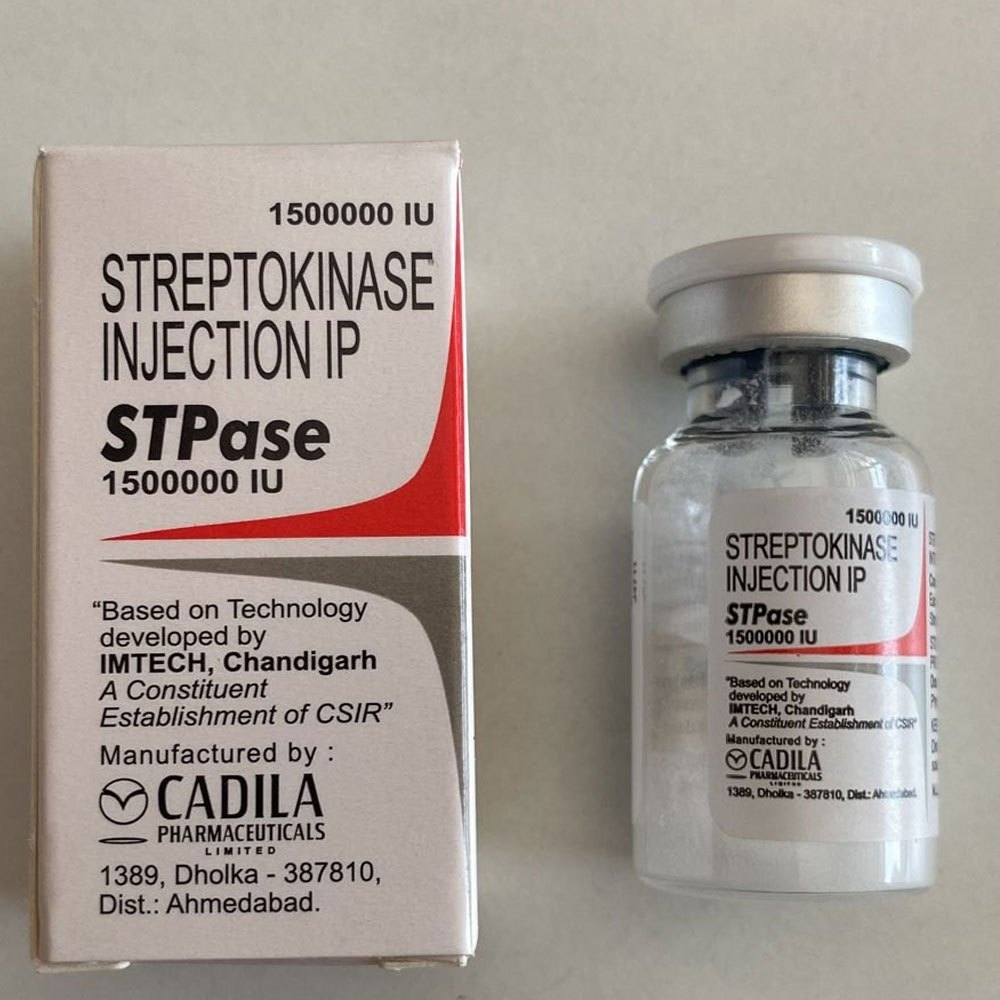
Group – Thrombolytic medicine
Dosage – dose
Acute myocardial infraction : Intravenous 750,000 – 1.5 million i.u. in 1 hour.
Intracoronary : 20000 i.u. stat and then give 2000 – 4000 i.u./min 30 – 90 min later.
Deep venous & arterial thrombosis: 1.5 million i.u./hr infused over 6 hours.
Not given in children.
Mode of action
It works by forming a complex with plasminogen. which binds loosely to fibrin and converts plasminogen to plasmin. It has no intrinsic activity.
Indication
Acute myocardial infarction
Pulmonary embolism
Deep vein thrombosis
Arterial thrombosis
Acute thrombosis of central retinal vessels
Extensive coronary emboli
-Severe iliofemoral thrombophlebitis
Contraindication
Have undergone surgery in the last 10 days
Severe hypertension
Serious gastrointestinal bleeding
Hemorrhagic disorders
Previous cerebrovascular accident
Side effects
Fever, allergic reaction, bleeding from different sites, anaphylaxis, arrhythmias, Bronchospasm.
Nursing responsibility
Assessment
Checking patient’s vital signs (temperature, pulse, respiration and blood pressure), heart rate and health status before and after drug administration.
Patient Education
Giving complete information to the patient about the purpose, side effect, dosage of the medication.
monitoring
Continue to check vital signs and observe for side effects
Patient history
Taking a thorough history of the patient’s medical history, allergies, blood pressure, heart failure or liver problems. It affects the effect of the drug.
5R – Right Patient, Right Route, Right Dose, Right Time, Right Drug while giving drug to the patient.
Close observation for bleeding while administering streptokinase as this increases the risk of hemorrhage.
Recording and reporting
It is very important to do documentation after the administration of the drug, besides informing the health care team if there are any side effects or changes.
DIGOXIN
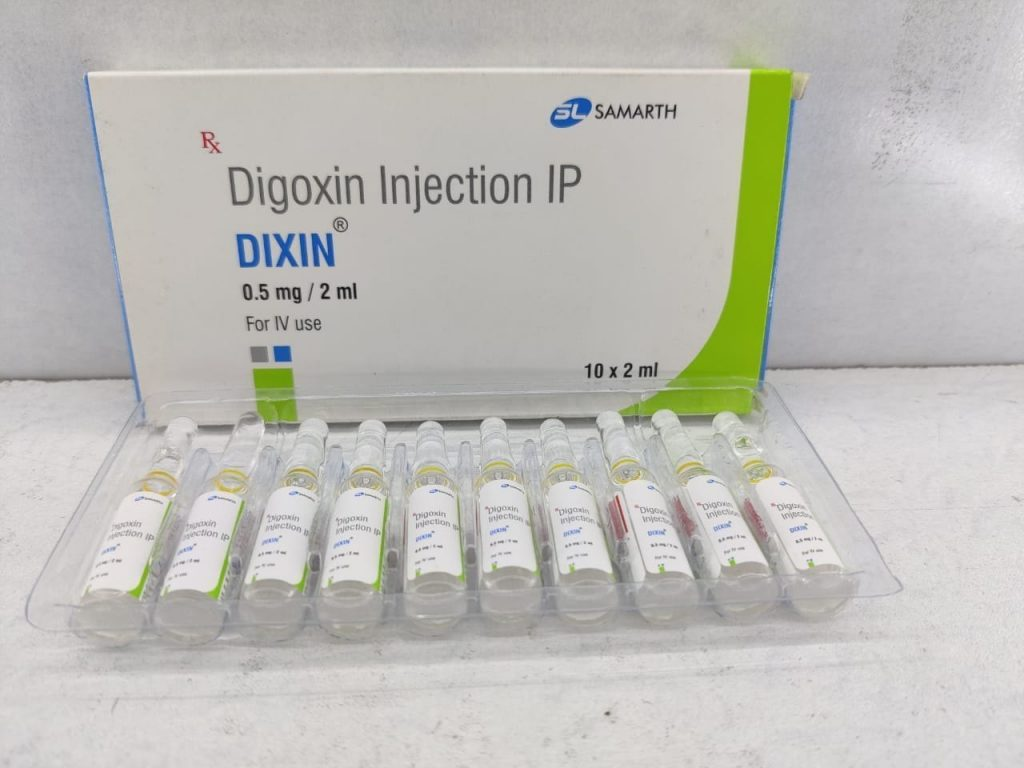
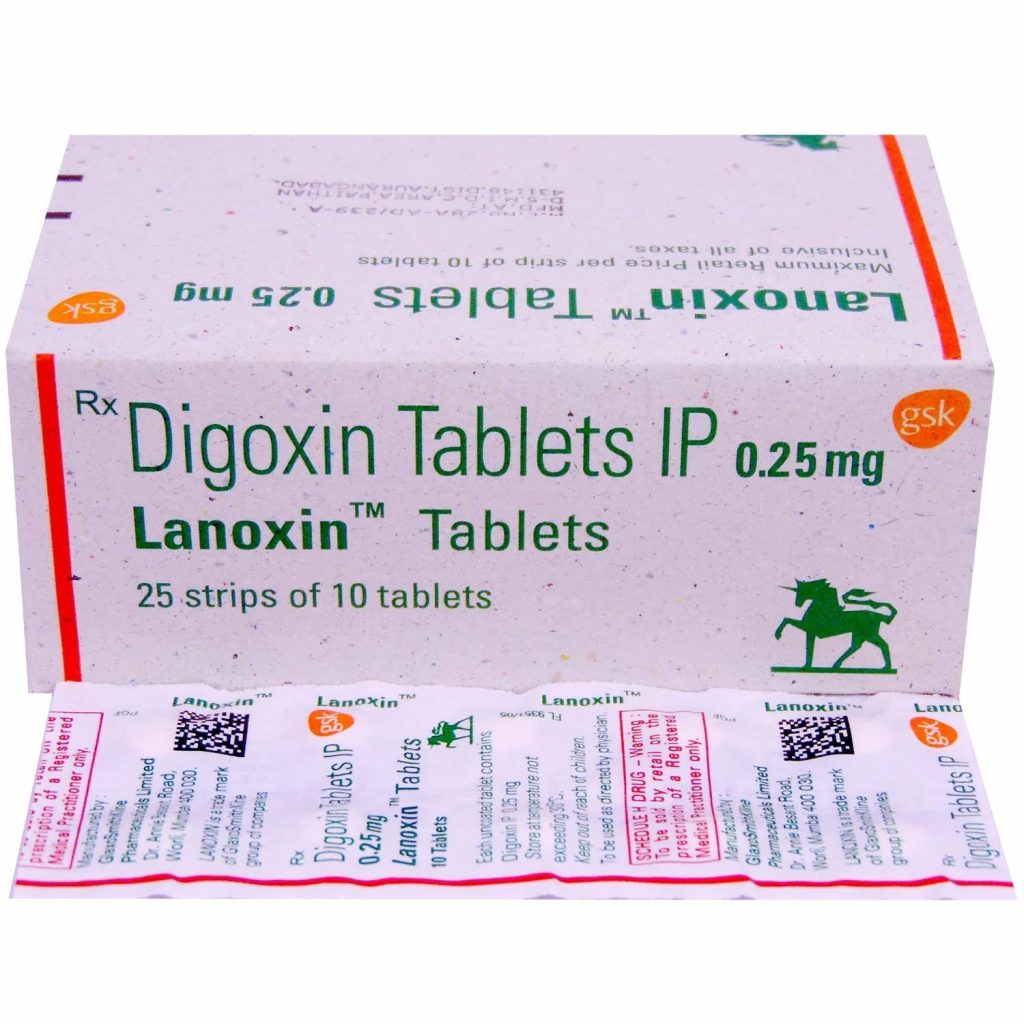
Group – Digitalis (cardiac) Glycosides
Mode of action
It acts directly on the heart, increases the force of myocardial contraction, has positive and negative isotopic effects, digoxin reduces heart size, venous pressure and blood volume, causes diuresis, relieves edema.
Dosage – dose
Adult
0.25-1.5mg daily
Maintenance dose : 0.25-0.5mg daily
Children
10-20mcg/kg 6 hourly
Maintenance dose : 10-20mcg/kg daily
Digitalizing dose: IM or IV; 10mcg/kg
Indication
Congestive cardiac failure
Cardiac dysrhythmias
paroxysmal supraventricular
Tachycardia
Contraindication
Hypersensitivity
Ventricular fibrillation
Ventricular tachycardia
Hypertrophic obstructive cardiomyopathy
Hyperkalemia
Hypercalcemia
Kidney dysfunction
Digoxin Toxicity
Nausea
Vomiting
Blurred vision
Confusion
Irregular heartbeat
Nursing responsibility
Perform regular vital sign assessments
Educating patients about side effects, benefits, complications etc. of medicines
Monitor electrolyte balance
Checking proper dosage and prescription
Do the documentation
Ask for regular follow up.
PROMETHAZINE
Group – first generation antihistamine
Route – Oral
dose
Adult
Oral : 25 mg
Usual dose 6.25 – 12.5 mg
IM/IV : 25 mg
in children
Oral : 0.125 – 0.5mg/kg/dose
Maximum dose : 25mg/dose
Mode of action
Promethazine is an antihistamine that acts by blocking histamine receptors, acts as a sedative, and acts on the CNS to induce drusinase and is also an antiemetic.
Indication
Allergic conditions (itching, runny nose)
Motion sickness
Nausea, vomiting
Sedation
Pre-operative, post-operative and obstetric sedation
Contraindication
Hypersensitivity
Coma, liver disease
Breast feeding
Treatment of lower respiratory tract symptoms such as asthma
Children <2 years
Intra-arterial or subcutaneous administration
Side effects
Allergic reaction
Photosensitivity
Hypotension
Extra pyramidal symptoms
Disneyness
Constipation
Urinary retention
Blurred vision
Dry mouth
Sedation
Nursing Responsibility
To follow the 5Rs.
The nurse takes the patient’s medical history, allergies, and current medications.
Administer the dose prescribed by the doctor to the patient.
Educate the patient about the drug including its side effects, complications, etc.
Monitor the patient for side effects.
To monitor vital signs.
Recording and reporting after giving Narsingh drug.
Asking the patient to take safety measures due to the sedative effect of this medicine i.e. asking him not to drive or operate machinery.
Perform respiratory monitoring.
Metformin

group
Anti hyperglycemic agent/antidiabetic.
Belongs to the Bigunaid group.
route
Also available in oral and liquid form.
dosage
adult
IniciL Dose : 250mg
2-3 times/day with meal.
Increase the dose gradually after an interval of two weeks.
Child
It is not applicable.
mode of action
Metformin works primarily by reducing the production of glucose in the liver and increasing the body’s sensitivity to insulin.
It works by activating AMP (activated protein kinase), a key enzyme involved in cellular energy regulation.
This results in decreased production of glucose from the liver and peripheral
Better utilization of glucose by tissues,
It helps in reducing blood sugar levels in people with type 2 diabetes.
indication
type 2 diabetes,
gestational diabetes,
Prevent type 2 diabetes,
Treat and Prevent Polycystic Ovary Syndrome.
contraindications
Hypersensitivity,
Acute or chronic metabolic acidosis, including diabetic ketoacidosis with or without accompanying coma,
Severe renal impairment,
Congestive heart failure,
Severe liver disease.
side effects
Nausea, diarrhea, lactic acidosis, abdominal
Discomfort, loss of appetite, feeling sick, vomiting.
nursing responsibility
Monitor blood glucose levels.
Check for signs of hypoglycemia or lactic acidosis.
Provide patient education about proper medication administration.
Regularly evaluate renal function due to side effects.
Vitamin B12 deficiency, hypoglycemia, renal and hepatic impairment etc. can occur as a result of long-term use so educate the patient about it.
phenothiazine

group
Antipsychotic and
As an anti-anxiety, anti-emetic.
Route
Oral ,IM, IV, Rectal.
Dosage
Adult
Capsule – 30-300mg starting.
Medicine and syrup – 10-25mg starting
injection- 25 to 50 mg
Rectal suppository (suppository)-
50-100mg
pediatric
Capsules- Not given in this form.
medicine and syrup-0.55mg/kg
injection
0.55mg/kg
Rectal suppository (suppository)-
1mg/kg
mode of action
The primary action of phenothiazines as an antipsychotic is by blocking dopamine receptors.
It blocks central and peripheral dopamine receptors.
It also shows antiemetic and anti-anxiety effects.
Indications
Psychotic conditions like schizophrenia, bipolar disease, dementia.
Nausea, vomiting
Agitation, severe hiccups,
For sedation before some surgeries,
Seasonal Sickness,
Post-operative nausea and vomiting,
Severe mental retardation.
Contraindication
Hi Persenctvt,
Bone marrow depression,
Severe central nervous system depression, liver disease.
side effects
Drowsiness, dry mouth,
blurred vision,
constipation,
urinary retention,
involuntary movement,
Changes in BP,
Neuroleptic malignant syndrome.
special precaution
Do not take alcohol with it.
Use with caution in the elderly.
Use with caution even when there is renal, cardio vascular, hepatic impairment.
Use with caution even in a person with a history of seizures.
nursing responsibility
- To perform regular vital sign monitoring,
- Screening for extrapyramidal symptoms, in addition to other side effects.
- Maintain nurse 5R.
- Educating the nurse patient about side effects and complications caused by them.
- In addition to collaborating with the nurse health team.